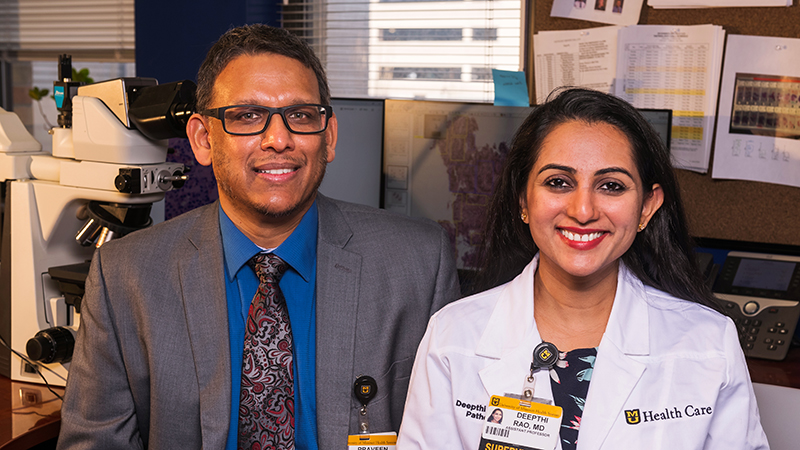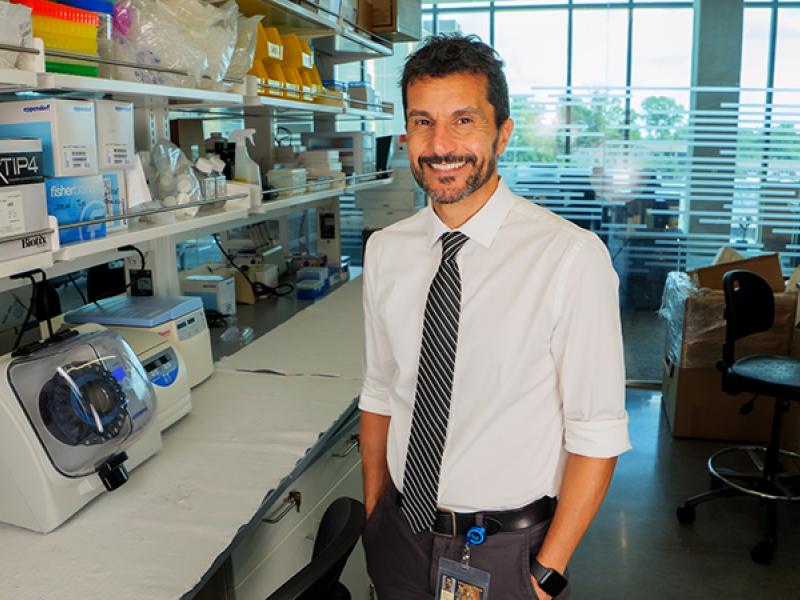Read about the Coulter Biomedical Accelerator funded projects.
Can't find what you're looking for?
This is a site-wide search. if you already know what you're looking for, try visiting a section of the site first to see A-Z listings.
Results for ""
MU is an equal opportunity employer.
Copyright © 2025 — The Curators of the University of Missouri. All rights reserved. DMCA and other copyright information. Privacy policy.
For website issues, contact MU Health Care Communications. Contact the MU School of Medicine.






